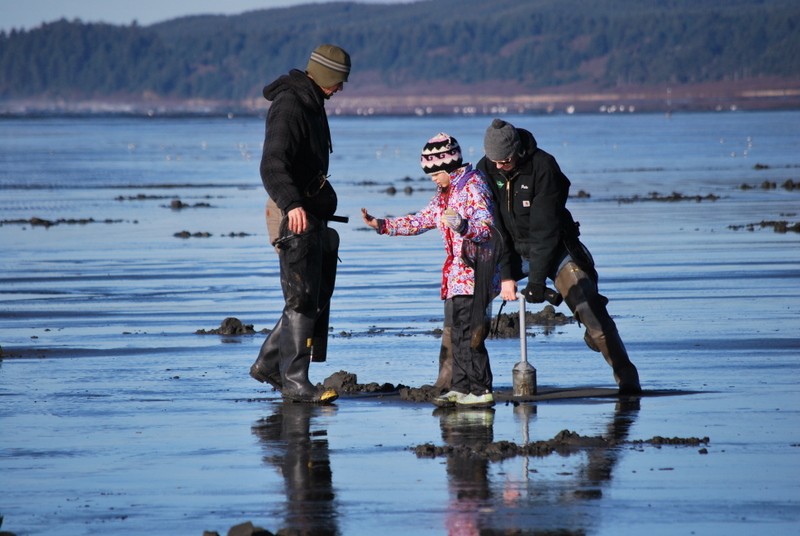Submitted by Mary Jo Buza
Trees define the character of the landscape. In the garden, trees serve many purposes – both aesthetic and practical. They offer cooling shade on a hot summer day, provide shelter for wildlife, and add spring flowers or fall color. Trees also establish perspective -they can frame a vista or block an unattractive feature.
With the shrinking size of our urban/suburban gardens the big challenge is selecting the right tree for the right space. Local Olympia nurseries carry a good selection of patio trees that are ideal for the small spaces. The best patio trees are small and relatively slow growing, with a mature height of 30 feet or less; they have well mannered roots that won’t uplift paving; and are relatively free of insect and disease problems.
I have included a list of patio trees for gardeners here in Olympia that are small in stature and have unusual flowers, fruit or leaves. If you are looking for something different from the flowering cherry tree or purple flowering plum tree consider planting one of the varieties listed here.
Japanese Stewartia – Stewartia pseudocamelia
Japanese Stewartia trees possess beautiful flowers in spring and red and orange leaves in the fall. The stewartia tree blooms in June, a time when few other trees are flowering. The two to three inch flowers resemble a white camellia and have contrasting yellow stamens. A Stewartia tree will appreciate light shade during a hot summer afternoon, but will tolerate full sun. The young trees require regular watering the first 3-5 years.
Japanese Snowdrop – Styrax japonica
This handsome tree has a graceful habit that is characterized by a horizontal branching pattern. Here in Olympia the dainty white bell-shaped flowers appear in late May. Japanese Snowdrop grows in full sun or light shade. But, avoid planting this tree near or around the southwest side of a building because it dislikes reflective heat. This tree is drought tolerant once established and it has few pest or disease problems. Did I mention the flowers are fragrant? Yes, very!
Redbud – Cercis canadensis
Redbuds are famous for their abundant and striking flowers that appear in late spring. Flower colors range from white, pale rose to a deep magenta. The attractive heart shaped leaves turn yellow in the fall. ‘Forest Pansy’ is a popular variety that grows in light shade, has purple leaves and twigs bear deep pink flowers. Redbud is also referred to as Eastern Redbud or North American Redbud.
Crabapple – Malus
Crabapple trees have a history of severe disease problems. So severe I stopped include then in designs. Over the years; however, growers have developed disease resistant varieties that are no longer susceptible to fire blight, cedar apple rust, scab, and powdery mildew. They possess handsome white, pink, or red flowers with fruit that is edible, showy, or both. The showy red or yellow fruit can persist into winter adding another season of color. Crabapples are more tolerant of wet soils than flowering cherries. Here in the South Sound our native Pacific Crabapple prefers to grow near and around wetlands.
Author and landscape designer, Mary Jo Buza has over 20 years experience maintaining, designing and teaching gardening in the South Sound region. For more information on a custom landscape design or consultation call 923-1733 or visit her website: www.maryjobuza.com.




















































